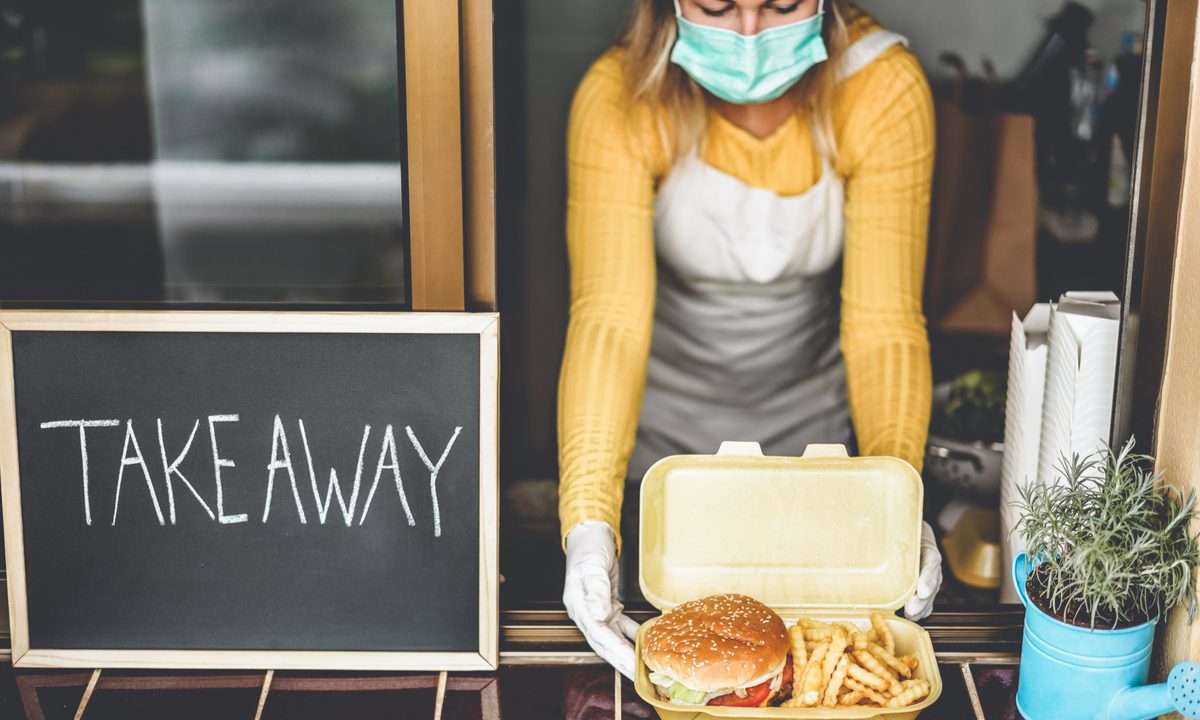Restaurants Call on Voice Commerce to Fill Labor Gap

As restaurants continue to come up against front-of-house labor challenges, many are turning towards voice commerce technologies to fill the roles once served by humans in customer-facing roles. Now, restaurants and technology providers are extending their conversational artificial intelligence (AI) efforts to the reservation-taking process.
For instance, on Wednesday (June 29), Whitbread PLC, parent company of United Kingdom steak-centric restaurant chain Beefeater, announced a partnership with voice assistant company PolyAI to implement an automated table-booking service at all 173 of the brand’s locations.
“The introduction and launch of the new Digital Host by PolyAI across our Beefeater restaurants is an exciting development for our business and has come at a key time,” Simon Ewins, managing director for Whitbread Hotels & Restaurants, said in a statement. “It has meant that our teams have been able to focus on what they do best — delivering excellent guest care.”
The voice ordering space has also been growing. While restaurant brands have been trying out their own such features in partnership with conversational AI technology providers for some time, third-party aggregators are now getting into the space. In May, for instance, Uber Eats announced an integration with Google Assistant to enable voice ordering.
“Just say ‘OK Google,’ and ask your phone to order a meal from a restaurant on Uber Eats,” Uber CEO Dara Khosrowshahi wrote in a May blog post. “Voice Ordering will start rolling out globally in English this summer with more languages to come.”
Meanwhile, restaurants have been leveraging voice ordering integrations at the drive-thru, in consumers’ own cars, and in their homes via their smart speakers. McDonald’s has been testing voice ordering at 24 Illinois drive-thru locations, though the technology has been underperforming relative to McDonald’s standards to expand the technology, per a recent BTIG report.
BurgerFi, a Florida-based fast-casual chain with around 140 physical and virtual locations, has been offering in-car ordering in 5G-enabled cars.
Read more: New Ordering Technology Extends the Drive-Thru Beyond the Lane
Research from PYMNTS’ 2021 How We Eat Playbook, created in collaboration with Carat from Fiserv, which drew from a survey of a census-balanced panel of more than 5,200 U.S. consumers, found that 20% of consumers say they are “very” or “extremely” interested “in using their voices to buy food and groceries.
See also: 182M Consumers Now Use Digital Channels to Shop and Pay for Food
Victor Matchie, owner of Aloha, Oregon-based sandwich chain Monkey’s Subs, explained in an interview with PYMNTS how using an artificial intelligence (AI) voice assistant from speech recognition company SoundHound has enabled the brand to provide a better customer experience through its call-in order channel.
“With phone orders, previously customers would have to wait in line to pick up their sandwich,” Matchie said. “With the voice ordering assistant taking the order and the customer clicking a link to pay with a credit card, we only need to make the food and then place it out in front where everyone else picks up their orders. …They just grab the order, and they’re off on their way.”
Related news: Voice Ordering AI Enables Restaurants to Meet Demand
